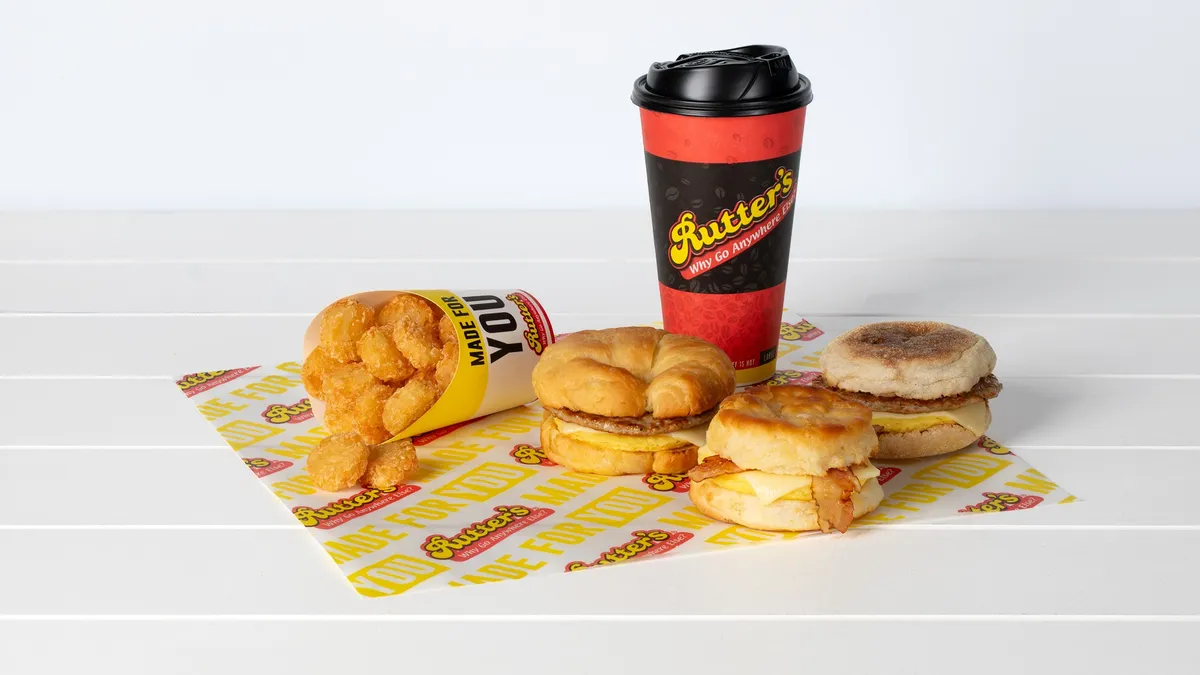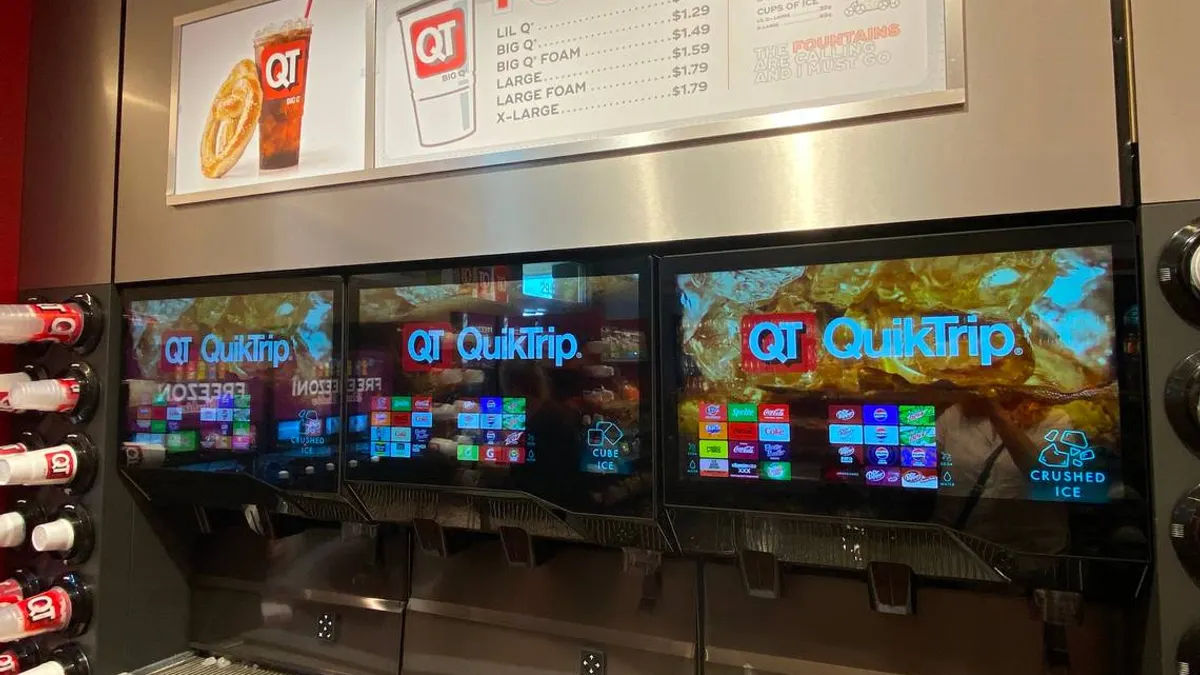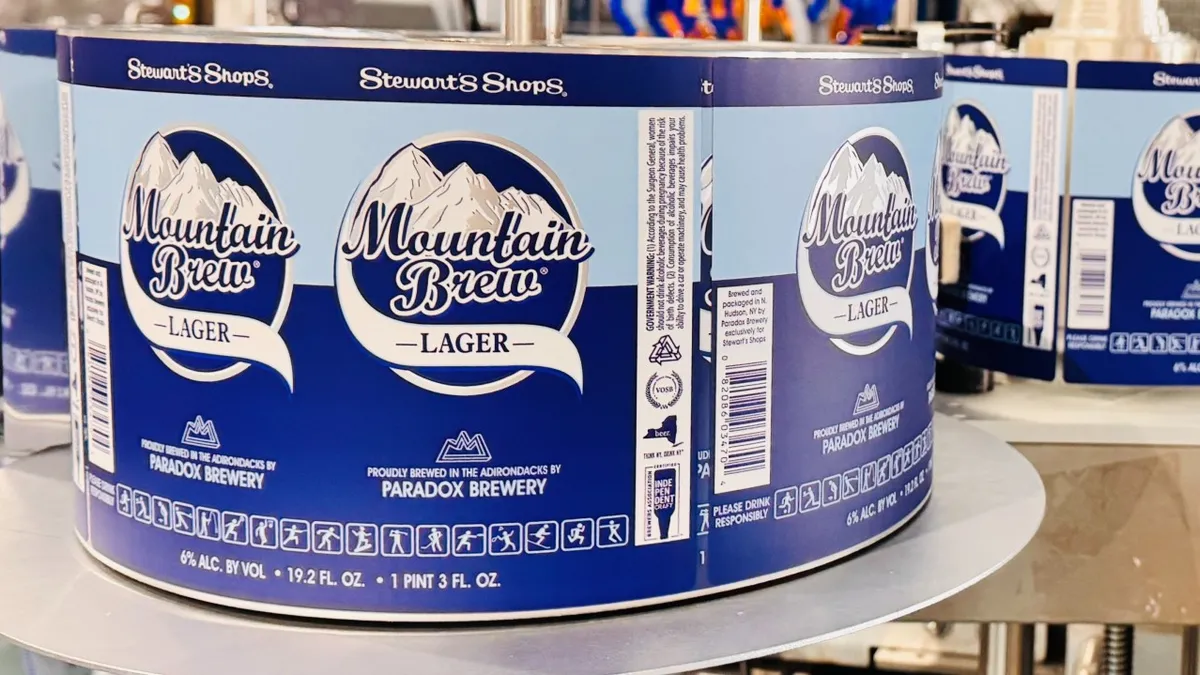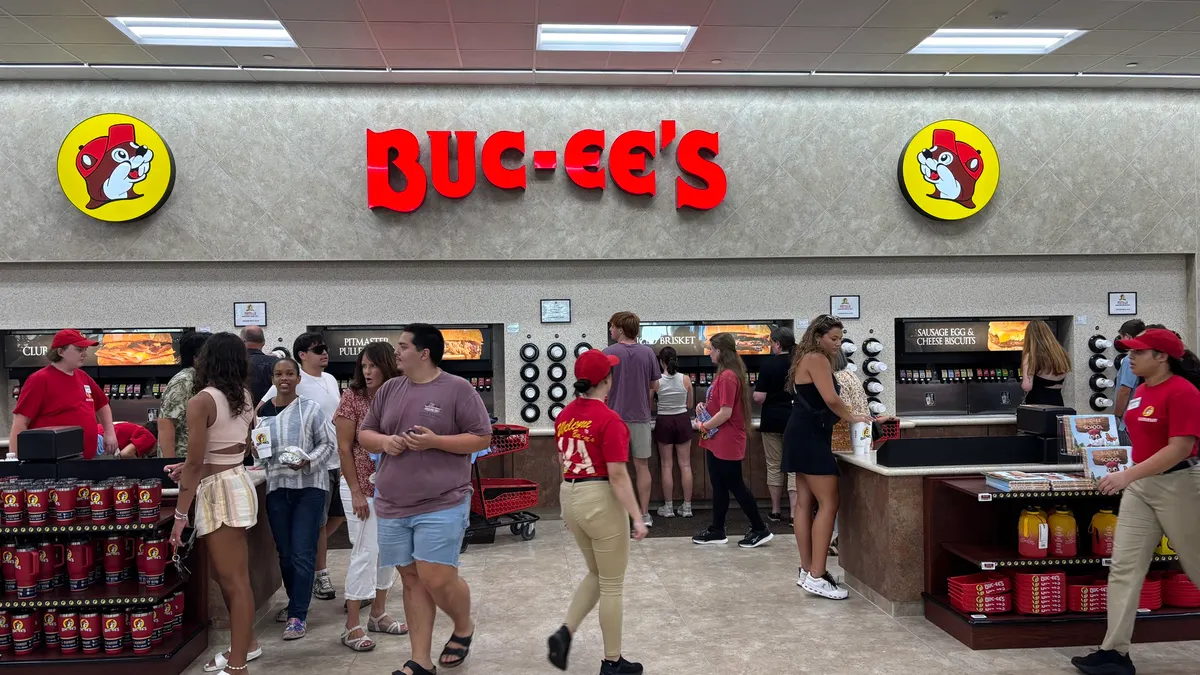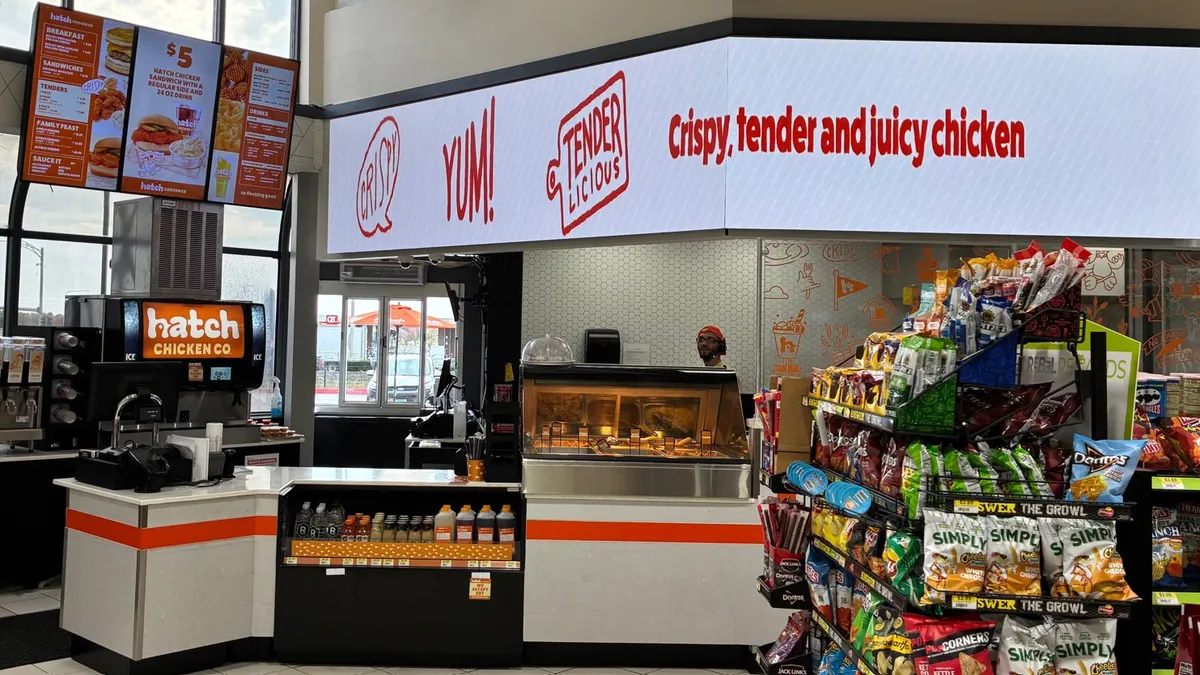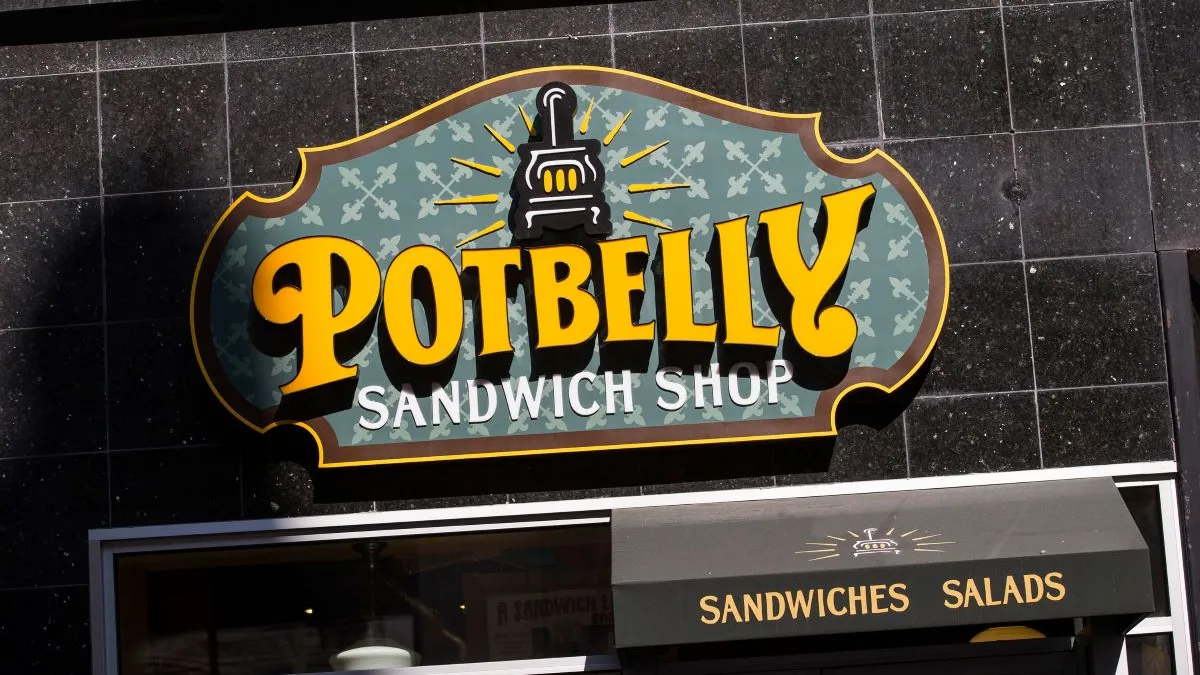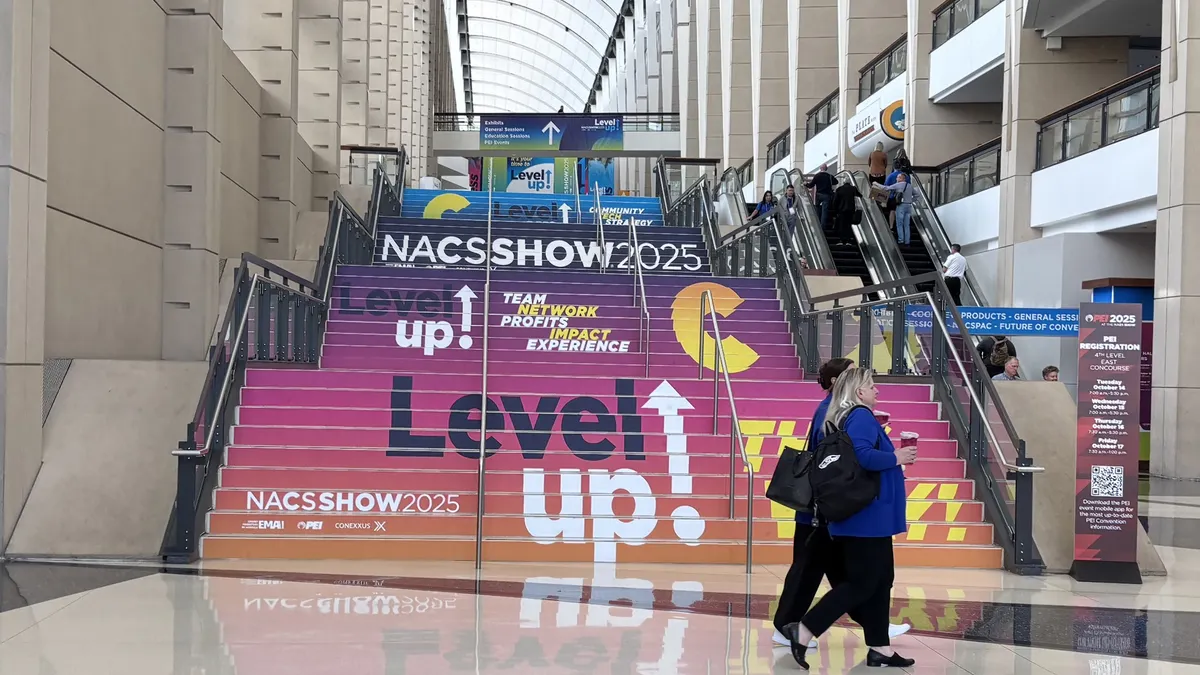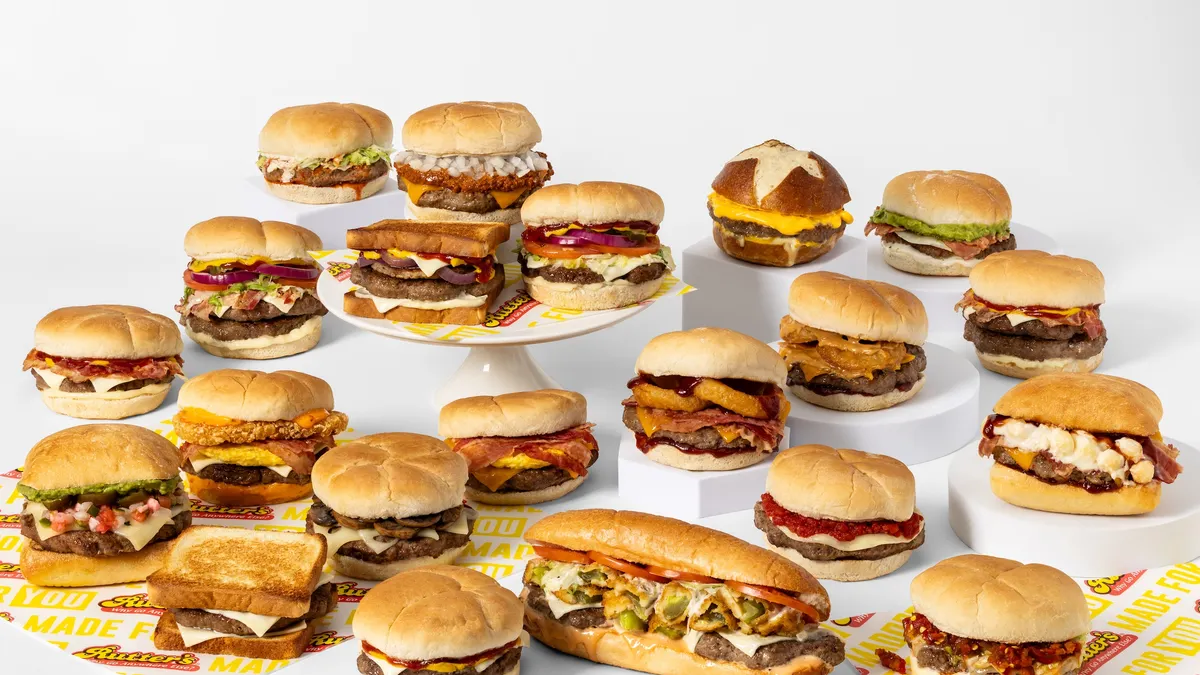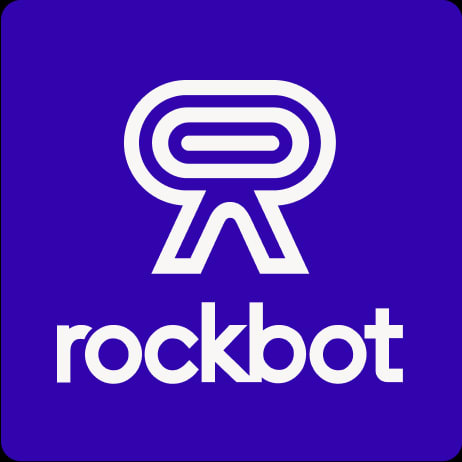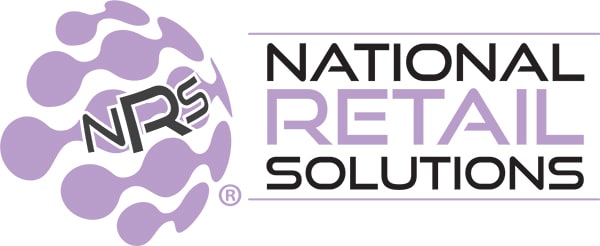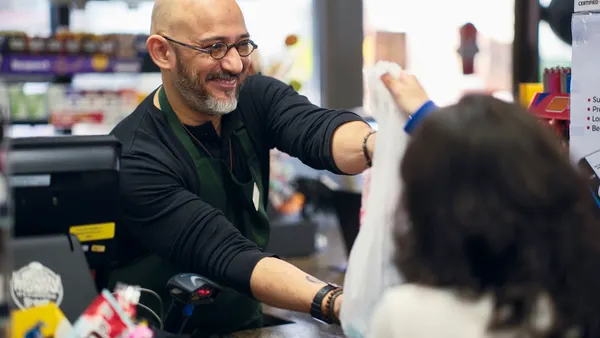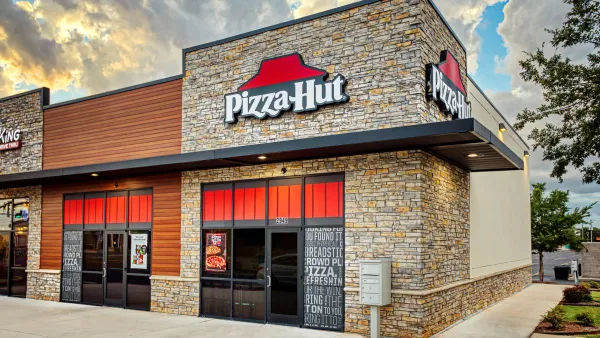C-stores have been giving QSRs a run for their money on value for years, with bundles in meals, beverages and snacks being a primary driver of business.
At EG America, meal deals have become a way to drive traffic into its stores. But in order for those promotions to succeed, the chain has to make sure it’s on par with local competition.
“We benchmark against QSR and coffee shops and aim to position ourselves at a value to these offerings,” said Julie Ryan, vice president of food and dispensed beverage at EG America. Beyond price, the c-store operator offers guests increased convenience versus QSRs, “as they can grab their sandwich and make their coffee their way without waiting,” Ryan noted.
When designing a meal deal, EG America execs consider how to offer the maximum value for a specific price. And when they’re done right, the returns can be notable. For instance, EG’s $3 breakfast sandwich and coffee deal, which launched at the beginning of this year, drove “incredible traffic,” Ryan said. Other top-performing foodservice offers include its “2 for” deals like 2 roller grill items for $4.
Rutter’s has seen strong performance with bundles that make the guest’s decision "satisfying and straightforward,” said Philip Santini, senior director of food service and bar strategy for the Pennsylvania-based chain.
Combos include a burger, fries and a beverage, and a breakfast sandwich with hash browns and coffee — both available for $8 each since the start of this year.
“These bundles succeed because they deliver on three essentials: value, speed, and familiarity. Guests know exactly what they’re getting: quality food at a great price,” Santini said.
Rutter’s pricing typically meets or beats QSR value deals, Santini noted.
Beverage selections are also vitally important in meal bundles. A successful recent promotion at EG included premium packaged beverages such as Monster Energy, reflecting the growing consumer trend toward energy drinks, according to Ryan.
Love’s beverage-focused “Midweek Mix-ups,” offered in August and September, was a hit with customers. The deal included two pre-selected drinks and a large cup with ice for $5, so customers could make their own creation “inspired by the dirty soda trend,” said Don Caudill, supervisor of beverages for the travel center company.
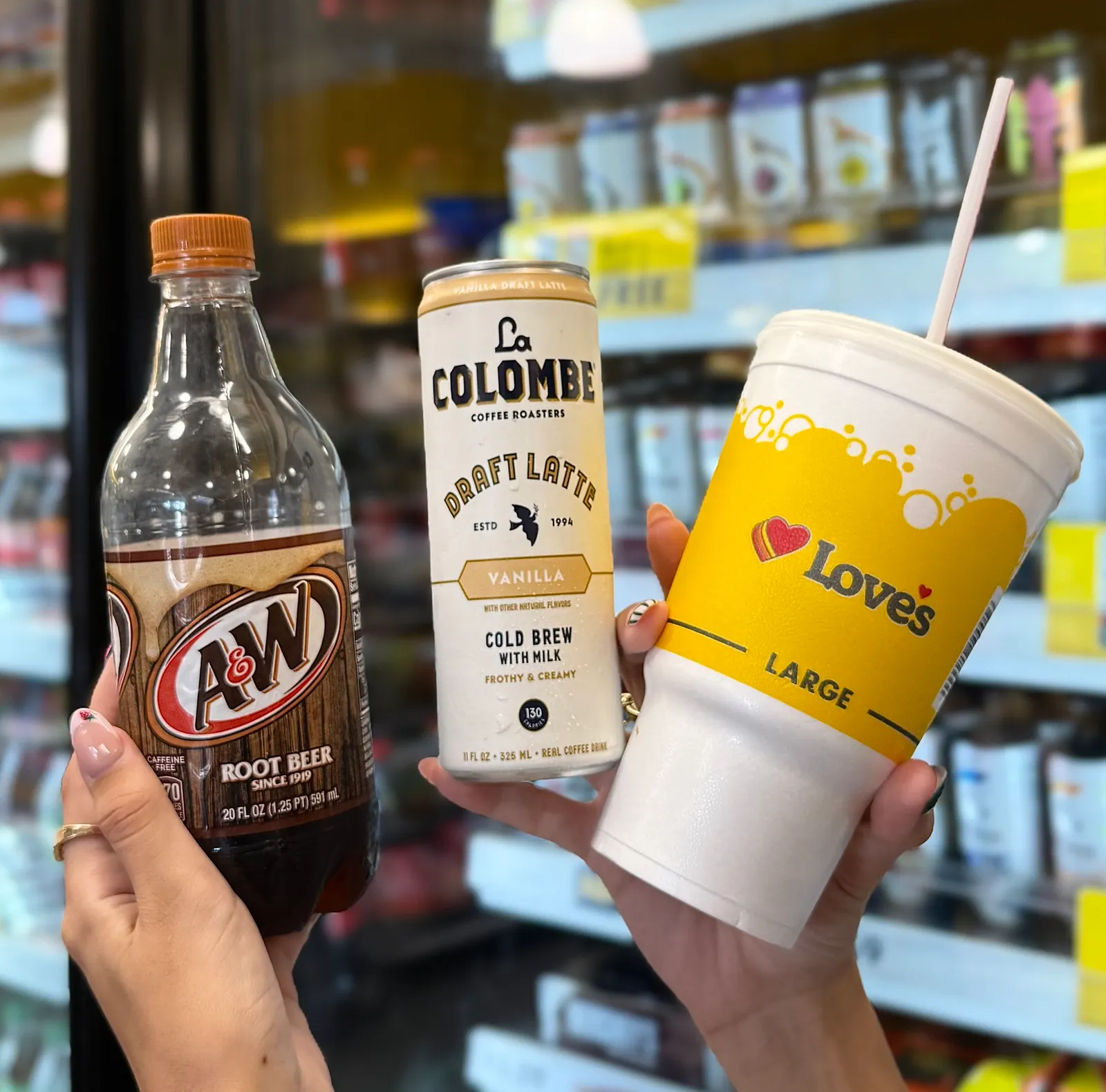
How to build a meal deal
Retailers can use a variety of data to craft an ideal bundle.
Love’s examines customer feedback, seasonal trends and sales data to create “the perfect pairings,” Caudill said.
Rutter’s examines guest data, sales performance and daypart demand as part of its decision-making process. The retailer utilizes basket analysis and loyalty insights to identify natural pairings, such as the beverages or sides most frequently purchased with burgers, sandwiches or breakfast items, according to Santini.
“This ensures bundles feel intuitive to the guest while maximizing both satisfaction and sales,” he said.
Ryan said EG America executives consider factors including purchasing patterns, seasonality and strategic priorities when selecting what items to include. Breakfast sandwiches are frequently purchased with coffee and energy drinks, so those items offer a natural tie-in. In addition, cold beverages peak in the summer, “giving us an opportunity to bundle fountain or packaged beverage offerings with foodservice,” Ryan said.
If EG America is launching a new product, execs may put it in a meal deal to drive awareness. And LTOs get as much play in bundling deals as permanent menu items.
“Broadening what qualifies ensures we appeal to as many of our guests as possible, and including LTOs gives us another way to drive trial of newer items,” Ryan said.
Tips for partnering with brands
Support from CPG partners is “hugely important,” because it helps drive customers toward foodservice offerings while supporting margins, Ryan said.
“Someone who is used to buying Celsius beverages or Lays chips may try our pizza or sandwiches for the first time as part of a meal deal, because of their familiarity with those brands,” she emphasized.
Rutter’s works closely with its CPG partners on co-funded promotions, cross-merchandising opportunities and digital visibility within its app and in-store screens, supported by data.
“By sharing performance data and providing clear results, our partners can see the tangible impact of these collaborations, making buy-in natural and ongoing,” Santini said.
“As convenience stores continue to evolve into true food destinations, thoughtful bundling strategies play a significant role in bridging the gap between convenience and full-service dining experiences.”

Philip Santini
Senior director of food service and bar strategy for Rutter’s
Branded bundles or deals are a great opportunity to leverage the CPG partner relationships that a c-store brand have spent years building, or to forge new ones, advised Mike Kostyo, vice president of food industry strategic consulting firm Menu Matters.
“All of the major CPG brands are actively looking to work with operators to find new ways to reach consumers in a hyper-competitive market,” Kostyo added. “Working together from the very beginning is essential because there are so many options and elements at play, from the type of promotion to the marketing campaigns.”
Kostyo said the questions c-stores should ask include: How do you leverage your CPG partner's data to reach a new or expanded audience? Are there other brands that your CPG partner has that you can cross-promote in a value bundle? Do they have resources to assist on unique marketing campaigns, like social media outreach?

Share the love
After crafting their bundles, the final step for retailers is making sure customers know about them.
“We invest some of our most visible in-store assets in promoting meal deals, including window signs and pump toppers,” Ryan said.
Rutter’s promotes value bundles across all key guest touchpoints, including digital menu boards, in-app banners, social media and in-store kiosks. “Strategic placement and timing are critical, especially during peak ordering periods,” Santini explained.
Email and push notifications to loyalty members allow Rutter’s to target its most engaged guests with personalized messages that drive awareness and conversion, according to Santini.
Similarly, EG America’s SmartRewards app, which was overhauled earlier this year, “is a great way to make our regular guests aware of the incredible value of our bundles and meal deals,” Ryan noted.
Love’s promotes its deals through a mix of in-store signage, digital screens, the Love’s Connect App and social media.
Love’s also believes tying deals into loyalty programs can allow for more personalization “and for Love’s to gain insight on customer preferences all while rewarding them,” Caudill said.
But there are cons to this approach as well. “Although it can limit access to deals for non-members who either haven’t downloaded or do not have access to the app, deep discounts and aggressive promotions are key tactics to entice customers into downloading and using the app,” Caudill explained.
Another drawback is the risk of cannibalizing full-price sales and eroding margin with loyalty members, Ryan said.
Instead of solely focusing on the traditional marketing channels, operators may want to think outside the box.
“Today, when consumers are very skeptical of brands, authentic connection helps,” Kostyo said. For instance, he suggests partnering with smaller online creators who have a rapport with their audience.
Regardless of the promotional method used, bundles are here to stay. The right bundle “simplifies decision-making, showcases our menu variety, and reinforces value perception,” Santini said. “As convenience stores continue to evolve into true food destinations, thoughtful bundling strategies play a significant role in bridging the gap between convenience and full-service dining experiences.”


